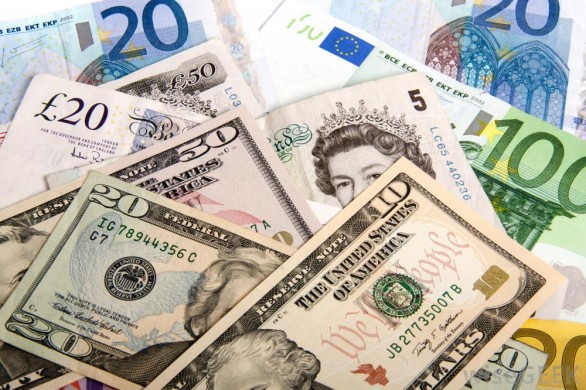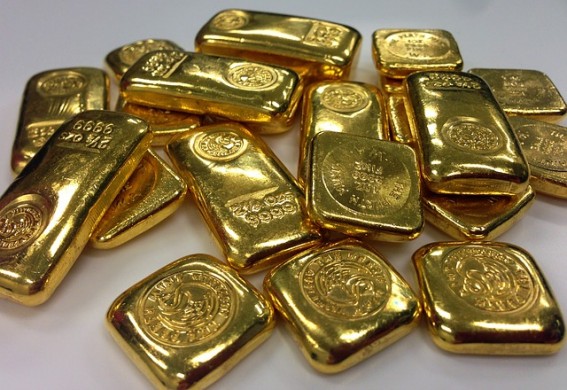Brexit represented an astonishing event in Forex markets, perhaps the most important one over the last three decades. Traders were totally surprised to see the Sterling plunging soon after the victory of ‘Leave’ at the Brexit referendum. Very few of them knew how to react to the collapse.

Now, two years later, hard times for the pound seem still to come. The British currency plunged below $1.30 threshold at the beginning of August, touching the lowest level over the last 11 months. The currency was put under pressure after international trade secretary Liam Fox said that the probability of a negative outcome on Brexit, also known as ‘no Deal Brexit’ is now around 60% and after Theresa May’s attempt to back a ‘soft Brexit’ seems to be failed, among fierce internal dispute and after the resignation of two important members of her cabinet.
And so, while Britain approaches the March 2019 deadline – which will decree its official exit from the European Union – the growing concern over a messy divorce has pushed the pound down even after the Bank of England and its governor Mark Carney chose to raise interest rates, last week.
Not only that: the pound could fall further by about 10 percent in the coming months, as markets become increasingly nervous due to the UK – EU negotiations, which become even harsher than analysts’ forecasts. Of course, the EU is playing is game in this battle, against the French Michael Barnier who is trying his best to make Britons’ life very difficult. It must be considered that there is so much at stake. First, the future of financial services, which may see the great risk of a relocation of the entire industry from the City of London to other EU capitals such as Frankfurt and Paris.
In short, even if there is still hope that the two sides are closer to a compromise, “it is likely that this can happen only if there is sufficient market pressure or even political pressure”, as Valentin Marinov, responsible of the Credit Agricole currency strategy said. The 60% probability of a Brexit without agreement “is above what most customers had hypothesized at this stage”.
GBP / USD could therefore fall to 1.20 in the event of a ’no Deal’, with 1.20 being considered the long-term fair value of the currency pair under a very tough Brexit, said Marinov. Alternatively, GBP / USD could move to 1.39 or higher if you avoid a No Deal situation.
For Jane Foley, head of Rabobank International’s currency strategy, “we have learned from the Bank of England interest rate hikes that all this is about currency policy”. If commentators start to “change their point of view from a soft Brexit to a hard Brexit, the pound could go through a rather difficult period”. In short, for Foley the pound will not become an opportunity to buy until there is more clarity on the Brexit.
Although not the basic scenario of Foley, it does not rule out that the pound sterling could weaken by about 10% compared to current levels, touching parity with the euro.

 Hot Features
Hot Features












